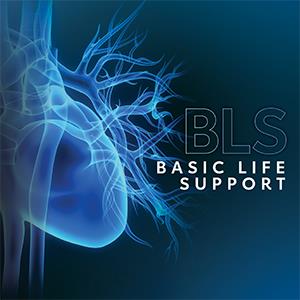Basic Life Support
BLS is the foundation for saving lives after cardiac arrest. The AHA’s BLS Course has been updated to reflect new science in the 2020 American Heart Association Guidelines Update for CPR and Emergency Cardiovascular Care. This video-based, Instructor-led course teaches both single-rescuer and team basic life support skills for application in both in-facility and prehospital settings.
This is the International English version of the BLS Course. The training materials have been adapted to include metric units of measure and other references that apply to students outside the U.S. and Canada.

Supported Languages
Arabic, English, German, Italian, Japanese, Portuguese Brazil, International Spanish
Formats Available
Instructor-led, blended learning
For healthcare professionals who need the ability to recognize several life-threatening emergencies, provide CPR, use an AED and relieve choking in a safe, timely and effective manner.
- Importance of high-quality CPR and its impact on survival
- Focuses on the importance of an organized approach to treating stroke patients for improved outcomes
- Application of the steps of the Chain of Survival
- Signs of someone needing CPR
- High-quality CPR skills acquisition for adults, children and infants
- Importance of early use of an AED
- AED skill demonstration
- Effective ventilations with a barrier device
- Multi rescuer resuscitation and skill acquisition
- Techniques for relief of foreign-body airway obstruction (choking) for adults, children and infants
American Heart Association BLS course completion card, valid for 2 years.